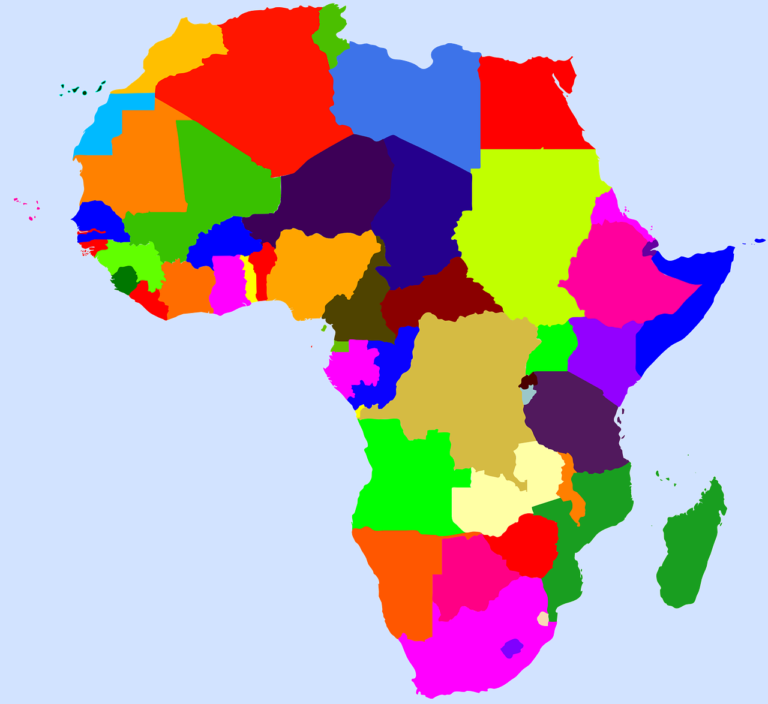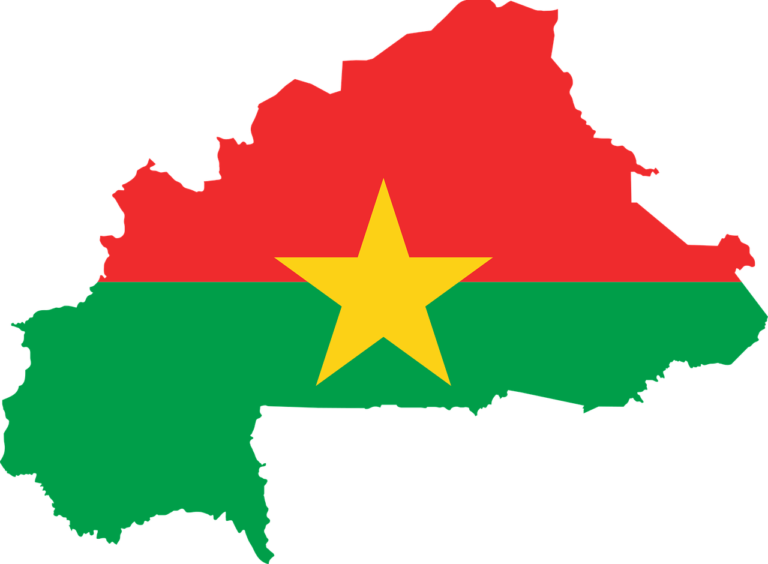Burkinabe cuisine

The food consumed in Burkina Faso reflects the essence of the people, and also has close similarities with the culinary habits of neighbouring countries like Cote d’Ivoire, Ghana, Togo and so on. Being a landlocked country with a large savannah and a little green vegetation to the south and south west, the staple foods are mainly grains such as millet, rice, corn, sorghum, wheat and beans. Yam and cassava are grown only in the south. Beef, mutton, chicken, as well as varieties of dairy products are in abundance because of the prominence of animal husbandry in the country. Fish reared in dams are also available.
Varieties of national dishes
Certain dishes are common and enjoyed by almost every Burkinabè. This is related to their availability and affordability. Such dishes are almost synonymous with the country because one cannot live in Burkina for a week without eating at least one of them, unless the person is on a special diet, or decides to eat meals from other cultures. First on the list of Burkinabè staple foods is Tô. This is made with maize, millet or sorghum flour. The flour is poured into boiling water which often contains lime juice, tamarin juice or any other sour edible juice – that helps preserve the food for days. The flour and water are turned with a flat wooden spatula and the ultimate product is a thick paste which is dished out in little calashes, or any round and small utensil. When it is put on a tray or plate, one sees pallets or balls, the shape depends on the culinary habits of the various parts of the country, and the thickness is also related to preferences. Once the cooked flour paste is ready, it is eaten with okra soup, gravy or stew made with vegetables such as spinach, tomato or baobab leaves. The soup or stew contains slices of chicken, beef or mutton. Tô is the most common meal in Burkina due to its affordability. In poor and middle-income households, Tô is eaten almost daily, and children, most of the time, do not like to eat due to its association with poverty. In order to make them eat it, a myth has been created around Tô; that it makes people strong, and indestructible. This gets children eating! Many people enjoy Tô, irrespective of their class and status. In neighboring Ghana, Tô is also a favourite, consumed especially in the north of Ghana, which is close to Burkina Faso. There, it is called Tuozaafi.

Babenda is another Burkinabè delicacy. Babenda is basically a combination of grains like millet or rice, leaves, meat or fish and savannah spices. It is very easy to make. Water is brought to a boil, then the desired quantity of the flour is poured into it. The flour is made into a light paste, then green leaves like spinach, cabbage or cabbage leaves are added to the boiling mixture. Pieces of meat or some dried or smoked fish are also added to it. The flavour of this dish is organic and natural, it comes from soumbala which is simply fermented locust beans, very rich in nutrients. Babenda is an easy and quick meal to prepare, the ingredients are also very easy to gather. It is mainly consumed in the central and eastern parts of the country, by the Mossi ethnic group.
Riz Gras is rice and meat. The name literally translates as ‘fat rice’. It is rice-based, and the meal of parties in urban areas. The rice is cooked with chicken, any other type of meat, or fish. To prepare this, pieces of meat are stewed with chili pepper, tomato, onions and other vegetables. These are left to simmer until the chicken falls off the bones. Other vegetables added are eggplant, carrots, cabbage, onion and garlic. This meal is heavily seasoned, and as the name implies, it contains a good quantity of oil. What makes this dish special is the large amount of meat and vegetables that goes into it.
Riz Sauce is boiled rice – white rice – which is served with soup or stew made with peanut butter and vegetables. There really is a diversity of sauce: tomato stew, cabbage stew, with onions and sometimes, palm oil.
Poulet Bicyclette is made of chicken pieces that are tenderized in lemon juice for hours (about 24 hours) to give it a special taste, before it is grilled. Certain sources have it that the name comes from the sellers of chicken. These rode bicycles with chickens tied all around the bicycles, to the market. Certain markets are known, specifically, for the sale of fowls, and are called “chicken market”.
Poulet Télévisé shows what a good treat chicken is in Burkina. Poulet télévisé is a whole chicken which is spiced and roasted therefore does not contain fat. It is roasted by being placed on a rod and rotates in a special oven – rotisserie – that has a large glass which allows customers to see the chicken while it is being roasted. Fathers often buy this as a treat for their families. When a child says “Daddy came home with a black polytene bag”, that means that the father brought home some chicken roasted and wrapped in a black polytene bag.
There are so many other delicious and mouth-watering dishes that one can enjoy in Burkina. Food is not expensive. Most foods are organic; thus, the threat of cardiovascular diseases is minimal. Any visitor to Burkina Faso has an array of delicious, healthy food to enjoy.
Moussa Traoré is a Senior Lecturer at the Department of English of the University of Cape Coast, Ghana.







Thanks Dady for showing how Burkina is so wonderful through these delicious dishes. Mainly about the TÔ, compared to the other, it’s a food without any consequences. You can eat it every day, thing that keeps you strong. I like it 😊😁